

X-Trans CMOS
Continuous Evolution on Resolution
and Color Reproduction
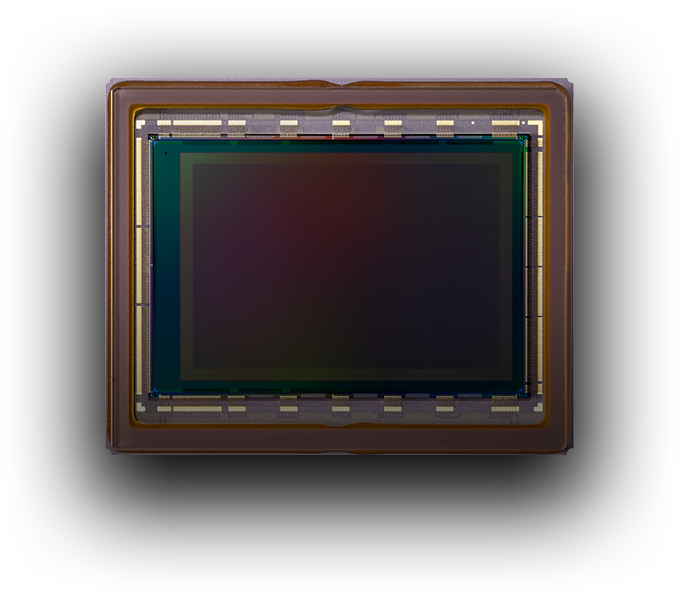
X-Trans™ CMOS *1 sensor developed by Fujifilm.
Nurtured the idea from film technology,
X-Trans controls moiré while achieving high resolution without the use of a low-pass filter.
Learn more about X-Trans
X-Trans is Fujifilm’s trademark or registered trademark.
The 5th generation Stacked
layer back illuminated
X-Trans CMOS sensor
Boasting a resolution of 26.16MP, the sensor uses a unique color filter array, synonymous to X-Trans CMOS sensors, to control moiré and false color without the use of an optical low-pass filter. Thanks to the sensor, X-H2S has dramatically improved performance, including 40fps blackout-free burst shooting and significantly better AF during burst shooting. As for video, X-H2S can record 4K/60P video without cropping and rolling-shutter effect is also greatly improved.
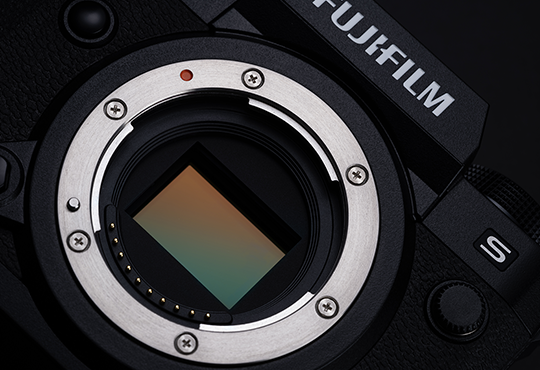
Stacked layer structure
By placing the chips that process and read out signals on the back of the sensor surface, the reading speed is more than 4 times faster than the previous model and more than 30 times faster than the first-generation model. By taking advantage of the fast read speed, it is possible to process the focusing signal while processing the image for display. The stacked layer CMOS sensor is superior in speed and mobility
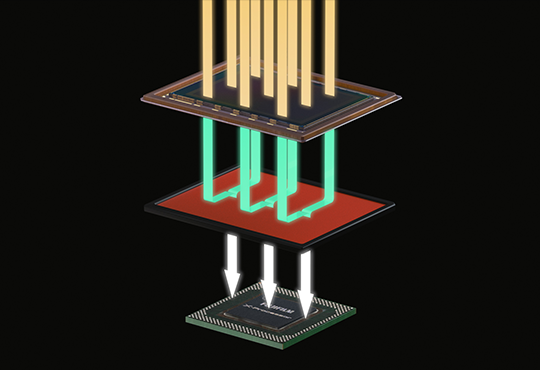
The 5th generation high resolution 40MP X-Trans CMOS sensor
The high-resolution 40.2MP X-Trans CMOS 5 HR sensor has an enhanced image-processing algorithm that boosts resolution without compromising the signal-to-noise ratio, delivering astonishing image quality. And this sensor has an improved pixel structure, allowing light to be received more efficiently. ISO 125 – previously an extended sensitivity – is now available as standard sensitivity.
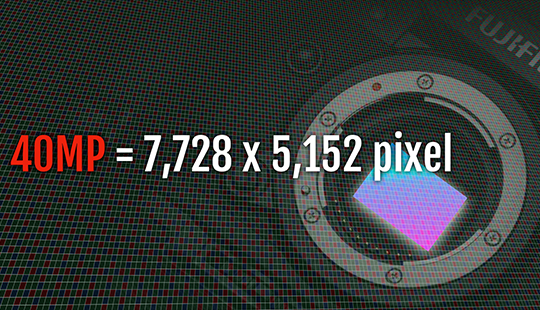



Moiré is controlled by a low-periodic color filter array
that replicates a highly random arrangement of silver
particles on the analog films and efficient color
interpolation from surrounding pixels.



Arrangement of all three RGB pixels on every single line
RGB is always placed on any horizontal or vertical line to correctly interpolate colors in high-frequency images



Arrangement of G pixel on all diagonal lines
G pixels are placed in all diagonal lines. It improves the accuracy of diagonal high-frequency image detection and color interpolation
conventional cameras
High resolution by eliminating
an optical low-pass filter
History of X-Trans CMOS
Fujifilm has been innovating sensors to achieve high image quality in digital photography since silver halide film.
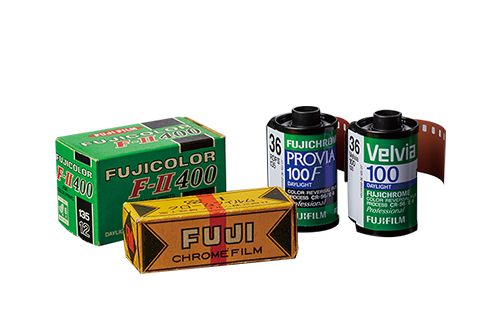

CCD

CCD EXR

based on film technology
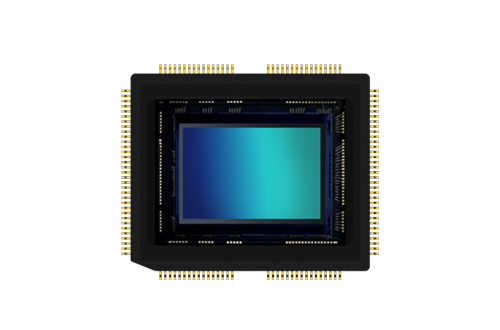
with phase detection pixel
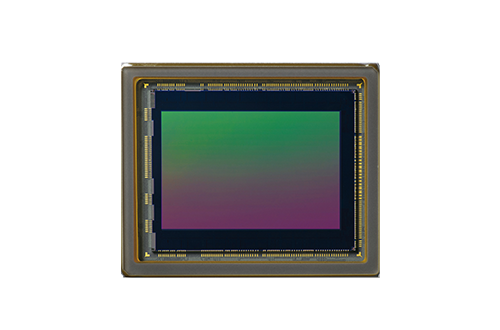
CMOS III, achieving high speed
reading by copper process
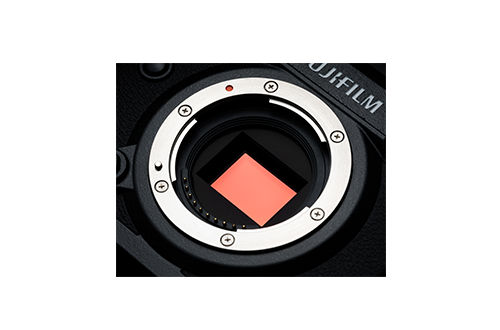
26.1MP X-Trans CMOS 4
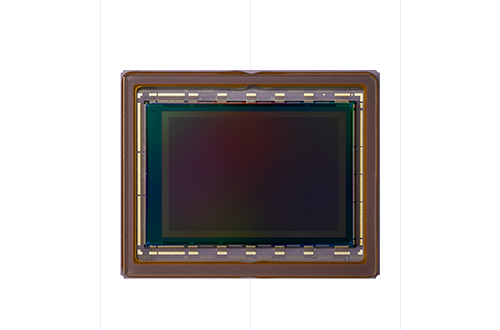
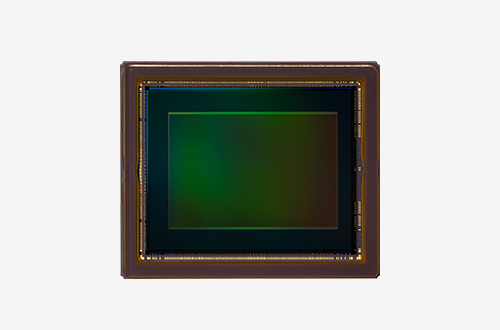
40MP X-Trans CMOS 5 HR
Bayer filter array in conventional cameras

Bayer filter array has only two colors per line.
The design does not allow pixels to exist diagonally.
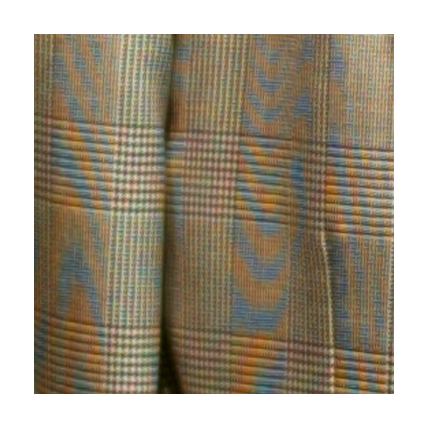
Bayer filter array causes image quality degradation called moiré.























































